Die and Mould

Moulds are used in a variety of products, including body components for automobiles, automotive interior parts, computers, home appliances, PET bottles for beverages, and everyday goods. The production of moulds requires high-level metalworking skills to achieve high precision finishes on various materials such as alloy tool steel, ductile cast iron, and resin. Mazak proposes 5-axis machines and multi-tasking machines with optimal machine performance for mould processing and adaptation to the latest materials. These machines contribute to cost reduction by achieving high-productivity and process consolidation, thereby reducing lead times. In recent years, there has been an increase in the demand for machining complex-shaped, ultra-precision moulds made from diverse materials. We also provide solutions that include processing techniques to achieve rapid and excellent surface roughness finishes.
Examples of machining by Mazak 5-axis, multi-tasking machines, and machining centres
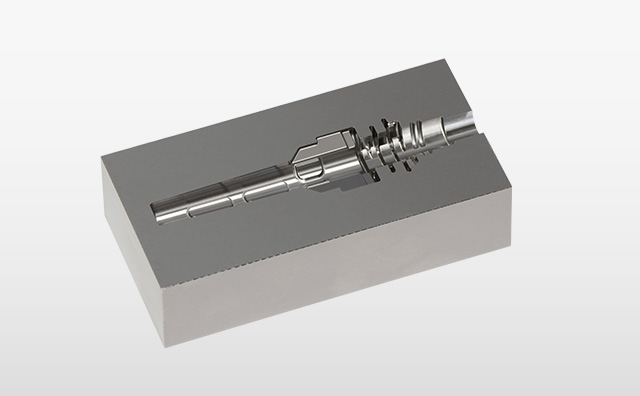
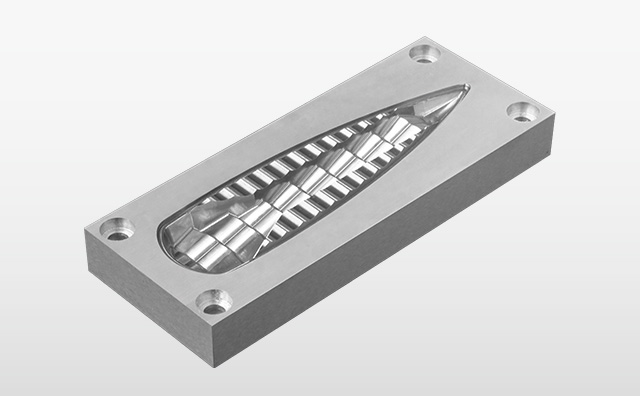

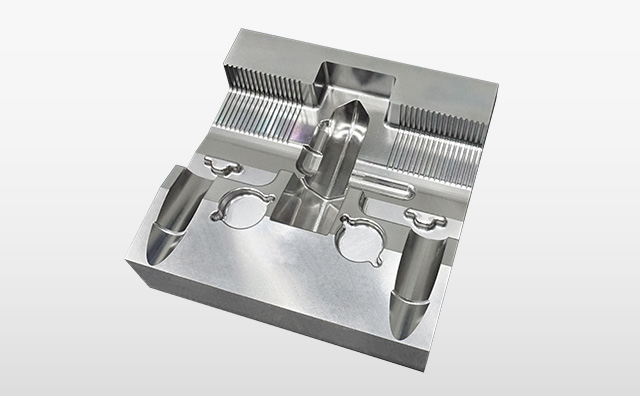
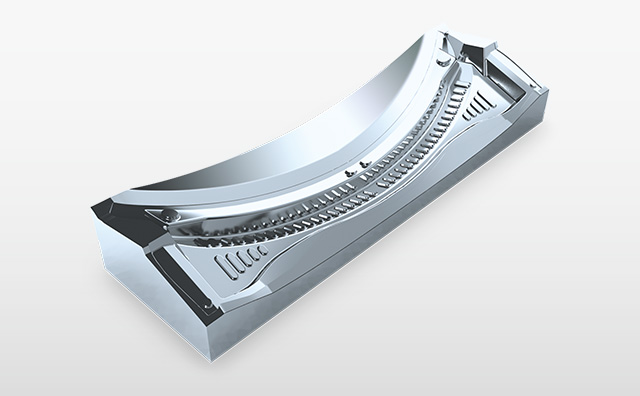
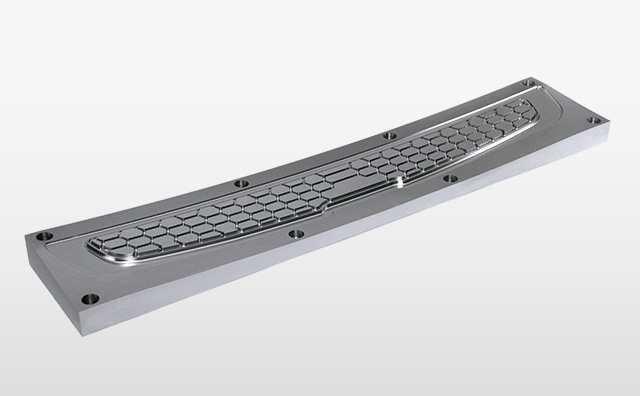
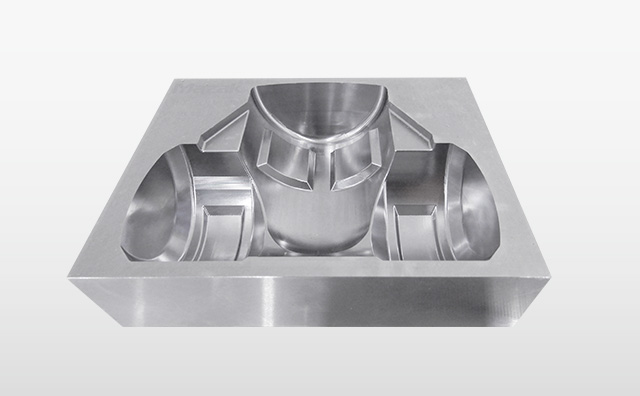
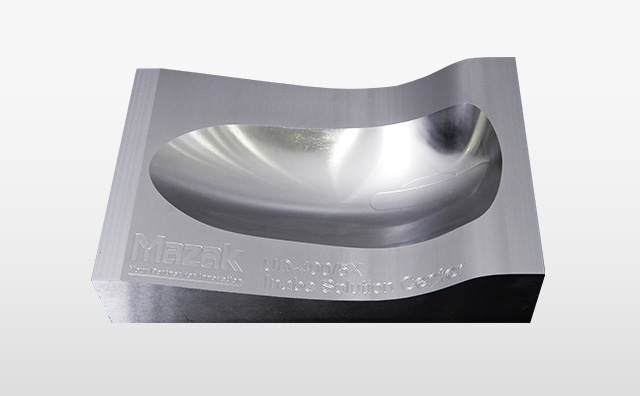
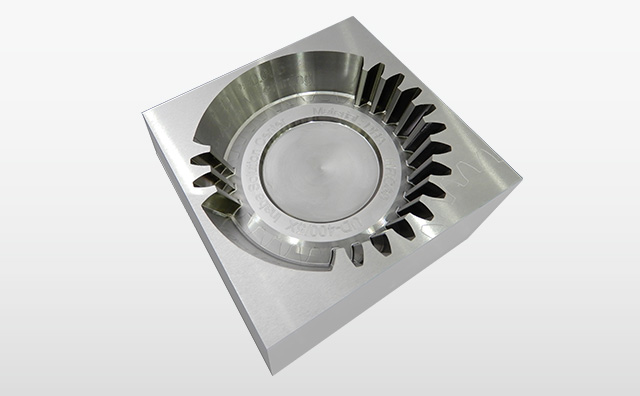
Electric motor spindle for high-precision finishing
The electric motor spindle enables high-precision finishing with small-diameter tools required for die/mould machining. By attaching a compact electric motor spindle with automatic tool changer (ATC) capability to the standard spindle, high-quality mirror surface machining can be achieved.
Max. spindle speed: 60000 min-1 / 80000 min-1
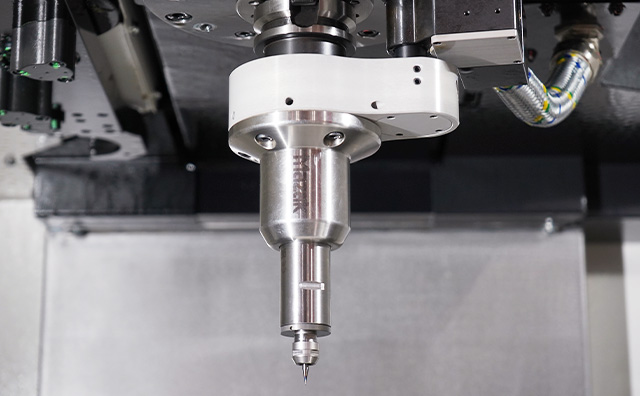
Reflector (mirror-finished)
| Size | 35 mm × 31.5 mm × 20 mm |
| Workpiece material | STAVAX (52HRC) |
| Tools | Φ2 mm ball end mill |
| Spindle speed | 60000 min-1 |
| Surface roughness | Ra 0.05 μm (average of measurements at 3 locations) |
| Processing time | 7 hours 38 minutes |

Advantages of 5-axis machining
5-axis machining centres allow for continuous multi-face machining, enabling process integration and reducing production lead times while minimising setup errors due to tool changes. Shortening the tool protrusion length enables stable and high-precision machining under optimal conditions. The inclination of the workpiece allows for faster tool path velocity, ensuring stable surface precision.
3-axis machining centres
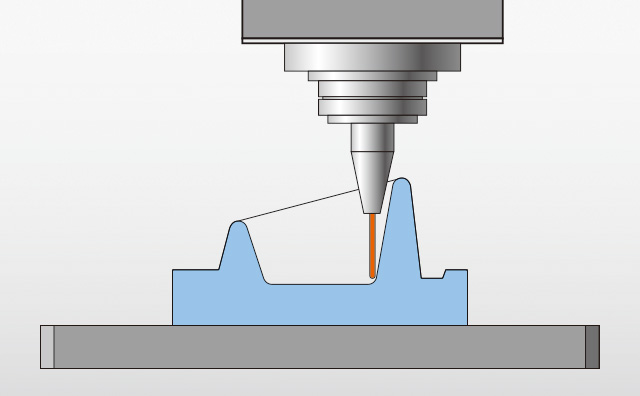
Limitations of 3-axis machine tools:
Limitations of machining conditions due to tool projection
Decreased surface precision in machining due to zero tool path velocity
UD-400/5X
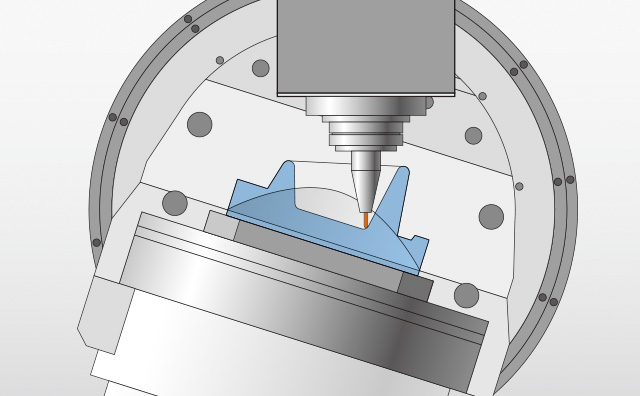
Advantages of 5-axis machine tools:
Stable machining of deep steps with short tools
Improvement in surface precision by machining at optimal cutting speeds
Mould repair by wire-arc AM
By incorporating wire-arc metal additive moulding capabilities into a simultaneous 5-axis machining centre, it becomes possible to streamline the mould repair process and automate the expertise required for skilled mould repair. This enables a one-setup process from cutting to remove the damaged part in need of repair, to metal deposition (AM) processing, and finishing cutting of the layered part.
Process integration of the repair process; one machine, one set-up

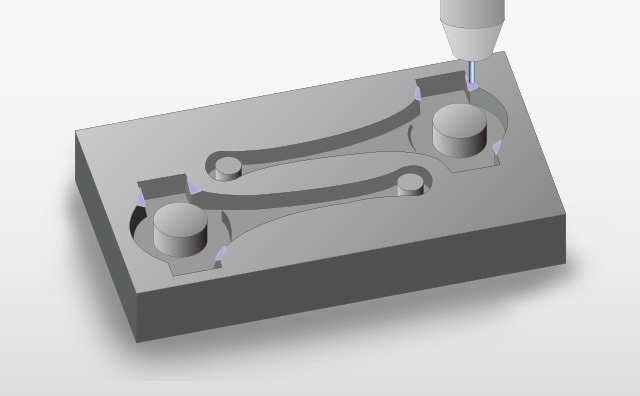
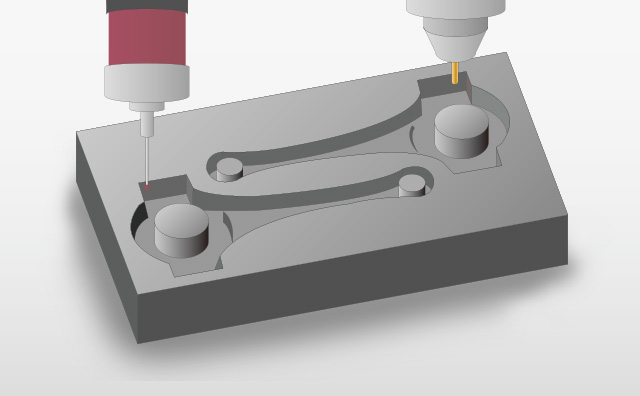
- Removal of damaged parts, moulding and cutting
- Additive Manufacturing (AM)
- Finish cutting and inspection
Mazak machine tools used for precision mould manufacturing
High-efficiency die and mould machining by multi-tasking and 5-axis machining centres

INTEGREX i-H Series
Simultaneous 5-axis Horizontal Multi-Tasking Machine
From turning to 5-axis machining using the Y-axis and B-axis, this machine can handle multiple processes
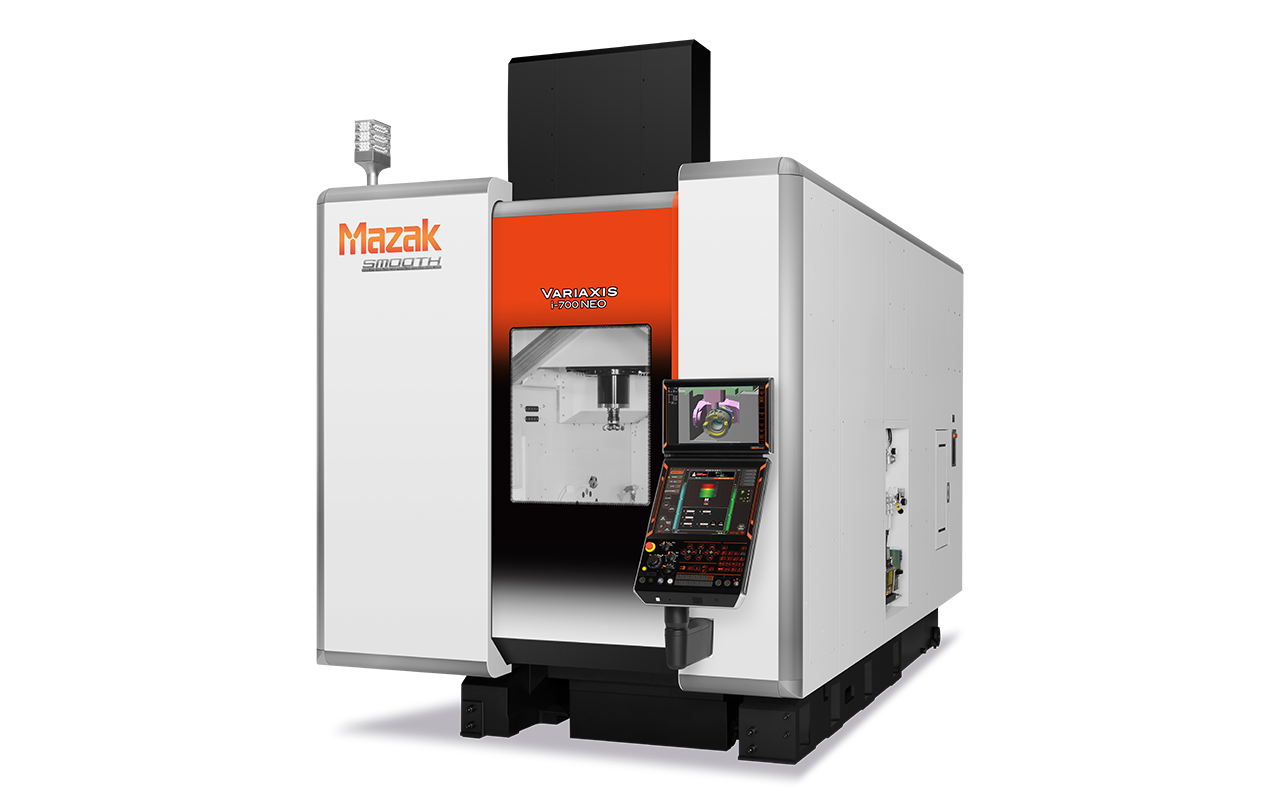
VARIAXIS i NEO Series
Simultaneous 5-axis Vertical Machining Centre
The high-performance NEO series with high-productivity and low environmental impact technologies
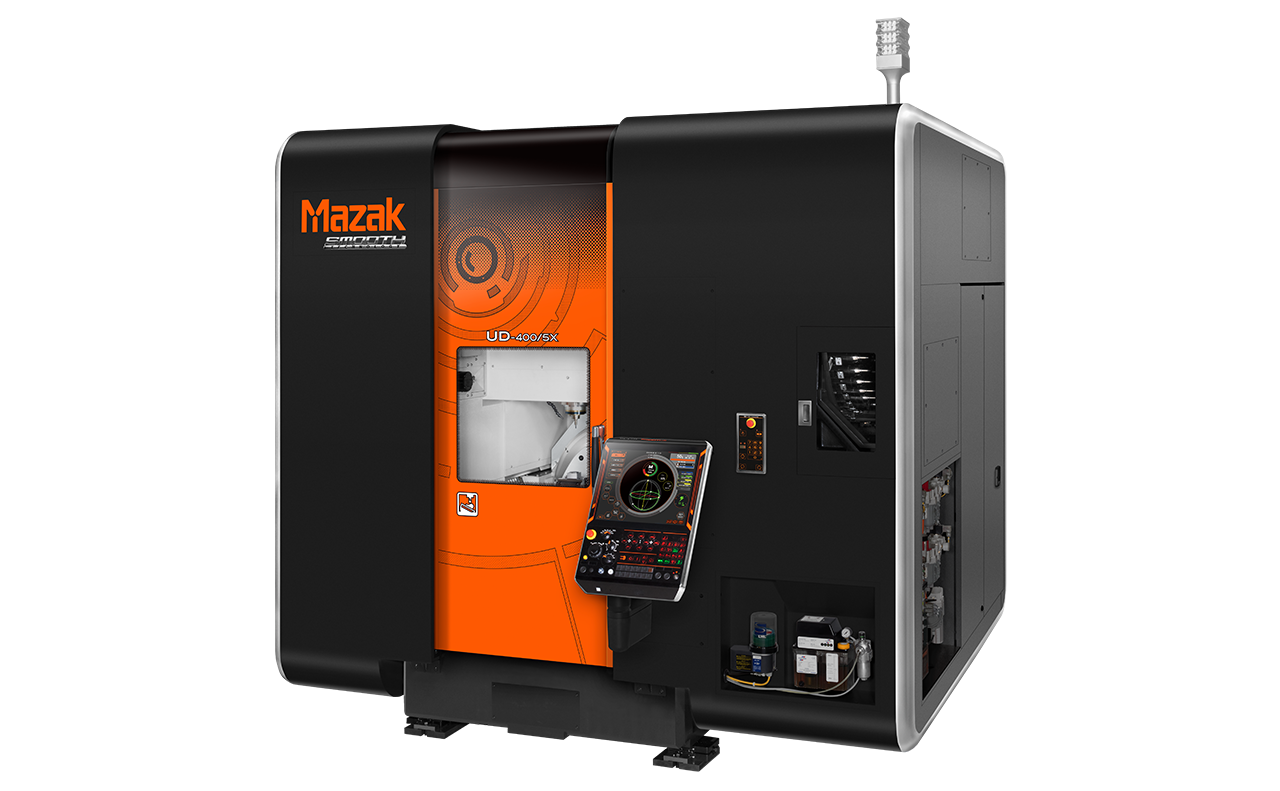
UD-400/5X
High accuracy 5-axis machining centre for mould and precision machining
Designed for high-speed micro precision and mould machining
Highly rigid, high-precision vertical machining centre series

FJV Series (BT40)
High-accuracy BT40 double column machining centres
Double column construction designed for high-accuracy machining over extended periods of operation
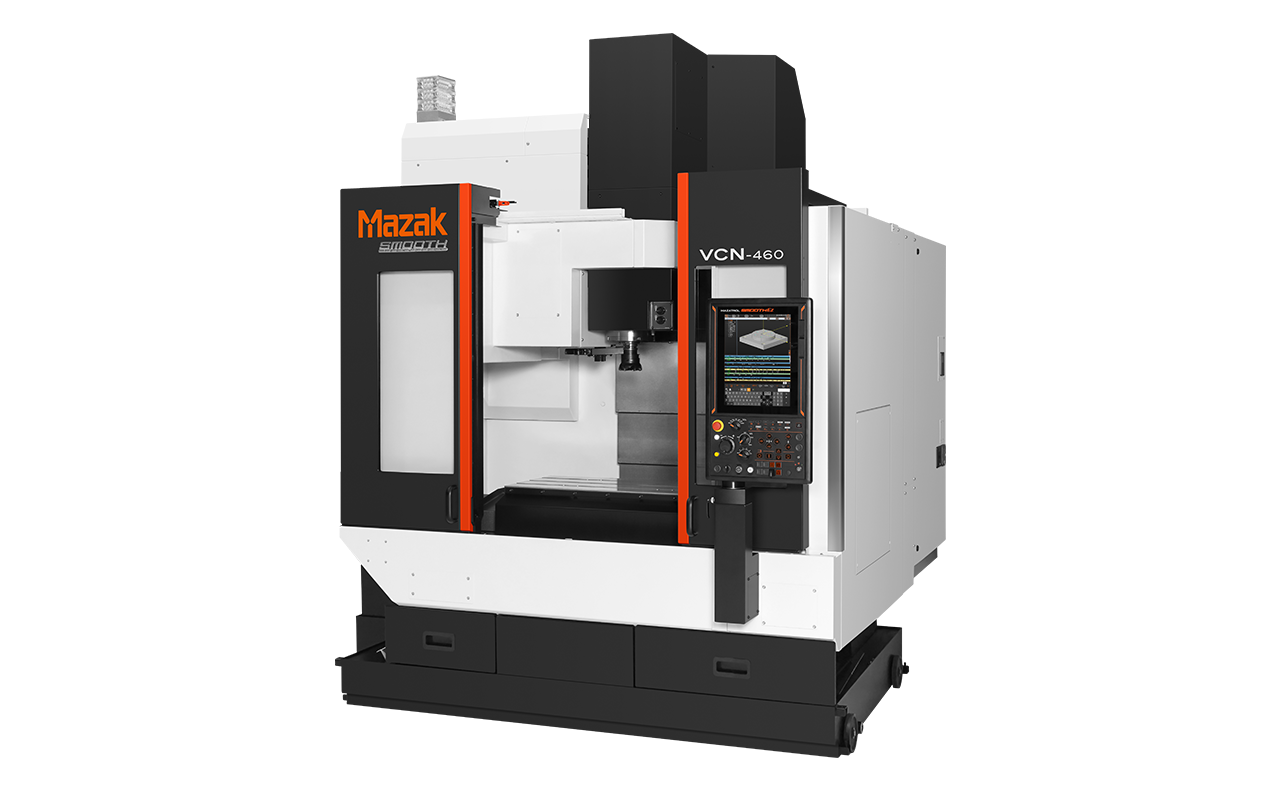
VCN Series
High-performance Vertical Machining Centres
Compact, high-rigidity, high-power spindle motor improves productivity















